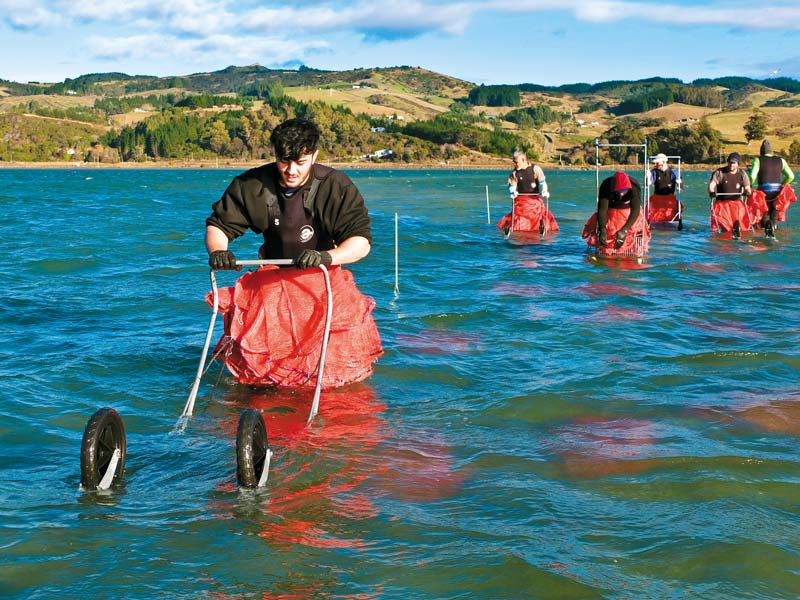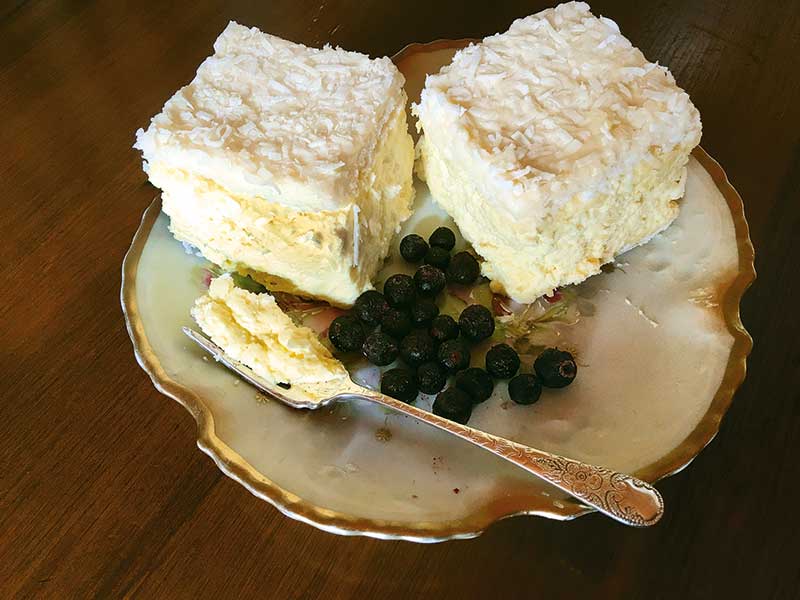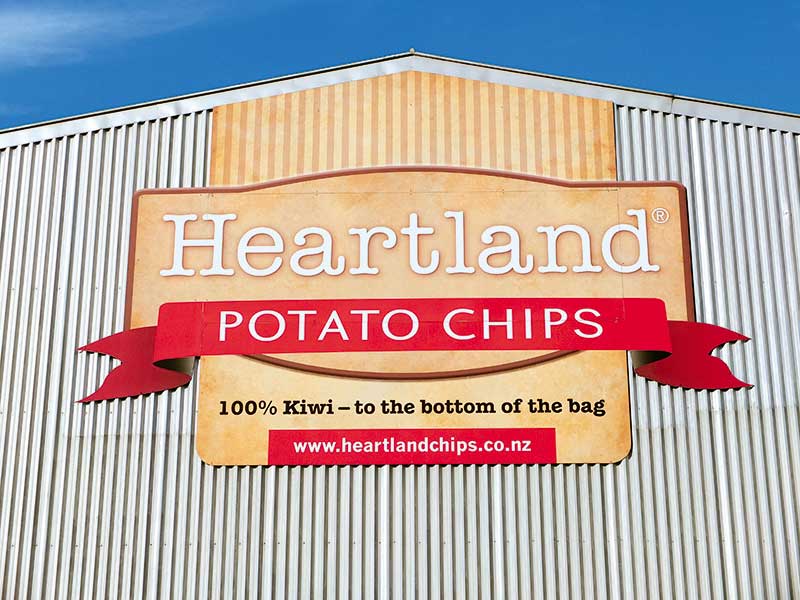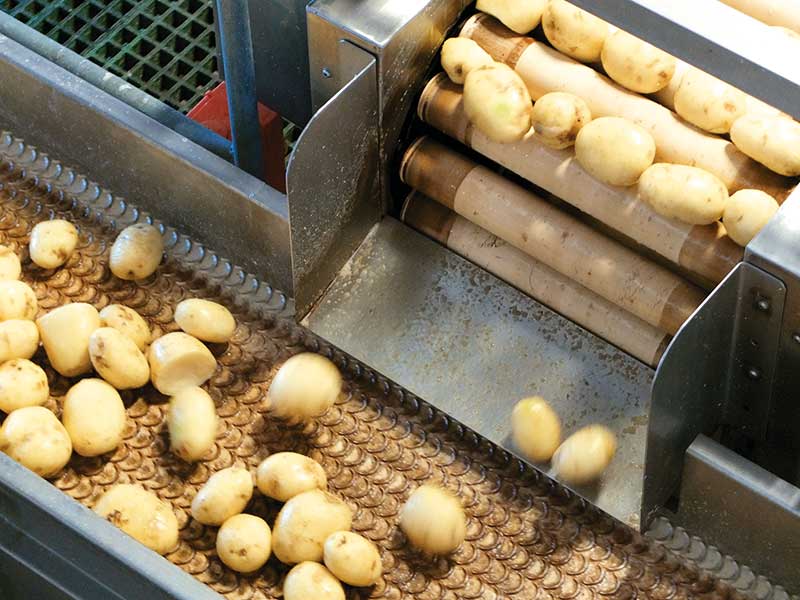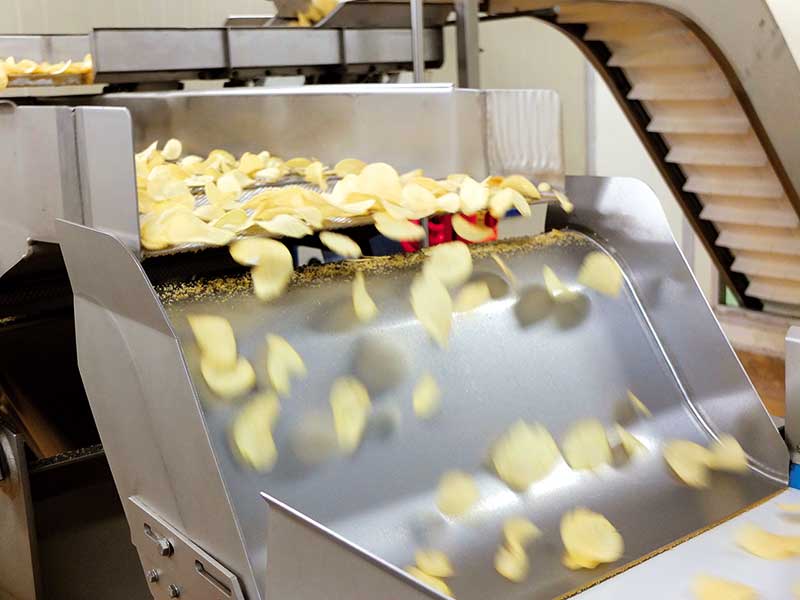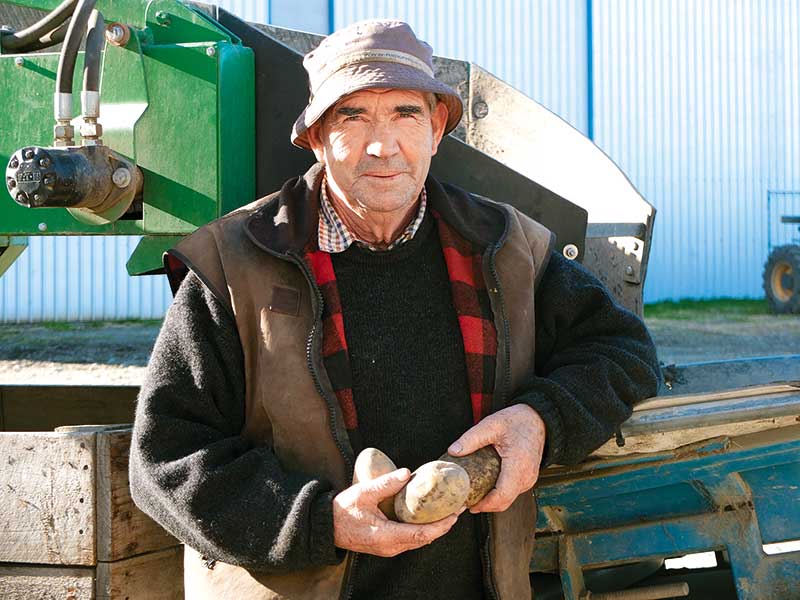One of the things that impress me is the inventiveness that goes on in our country, the way simple enterprises began in garages or backyards can develop in to something extraordinary. That is one reason why, on our recent motorhome trip from Christchurch to Bluff in the Roller Team Rambler motorhome, I called on four remarkable food makers along the way.
The story behind production is often as interesting as the food itself and in this age of food fiddles and overkill additives, I’m increasingly interested in finding out who grew or harvested what I eat and the integrity of any processing. The best reason though, is that eating regional food is one of the great joys of travel.
As a result I now favour Heartland potato chips, and choose Talbot Forest cheeses whenever I can; clams have become my second favourite shellfish after Bluff oysters, and every birthday hereafter I am going to order in a whole box of Denheath custard squares.
First up was Geraldine where we stayed the night in Kennedy Park (free camping closed due to misuse). It was a short nippy walk next morning, across the river to the Talbot Forest Cheese Factory, Shop and Deli. Part owner and food scientist, Angela Beale met me. She is one of those genuine, forthright people I often find in country towns. Angela owns the complex with cheese-master partner, Paul Fitzsimons, and both of them know an awful lot about cheeses. Sixteen years ago when the couple first set up here they produced 15 tonnes of cheese a year. Now they churn out 150 tonnes and 32 varieties of some of the best cheeses in the country.
“We pasteurise local milk on site,” says Angela, propelling me towards the factory viewing window where one of the big sellers, Mt Peel Blue, was in the making. Starter acids, rennet and blue mould (developed from those in Roqueforte caves in France) had already been added and the whey separated out to leave a gloopy looking curd. This was being scooped into round moulds riddled with holes so more whey could leak out.
“We’ll pierce the solid curd with steel rods to introduce oxygen and the rounds will stay in the humid ‘blue room’ for two weeks before they’re stored,” says Angela.
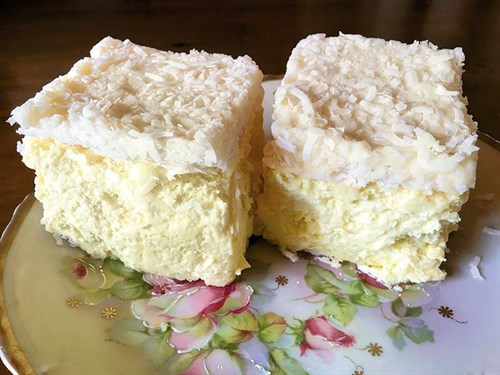
I know why the Mt Peel Blue’s a favourite. The taste is tangy, salty and smooth. The other blue made in the factory is Mt Somers, which is sweeter, softer and equally delicious. Among the other triumphs are Geraldine vintage cheddar, aged for the genuine five years, and the only parmesan cheese made in New Zealand.
Paul offers cheese-making classes but I was happy to stay at the tasting end. Besides we had an afternoon appointment with ‘Mr Chips’ not far from Timaru at Fallgate Farm.
Raymond Bowan’s farm was named by a former owner when most of the gates were found to be hanging by their hinges. But when Raymond and his wife Adrienne bought the property 40 years ago, gates were not a deciding factor. The area is great for growing potatoes.
In his hospitable old farmhouse, I asked Raymond how you become a potato farmer if you’re not Irish.
He grinned faintly. “Dad was dairy farmer but I had an afterschool job sacking potatoes. By 18, I was producing my own and supplying the local chippy.”
Everything grew from there. For years the Bowans not only supplied most of the potatoes to the local Bluebird chip factory at Washdyke, but contracted other potato farmers in the district. And then, eight years ago, Bluebird quite suddenly pulled out, lock, stock and spud. The district’s potato farmers went into shock.
Raymond, proving he was no couch potato, thought long and hard and then, in an incredibly bold move, bought the old factory and imported an entire chip-making plant from The Netherlands. It sounds easy in the telling but I bet that taking on the big chip-guns had some nerve-wracking moments.
The Heartland Chip Company’s still a family affair. Wife Adrienne designs the graphics, daughter, Charlotte, is general manager and son James (a chip off the old block), has taken over the farm. Charlotte took us to the factory at Washdyke. Potatoes, ten tonnes a day, come fresh from the sod and are tipped into a water tank. Virtually untouched by human hand, they are brush-peeled, cut to shape, hot washed, dropped into boiling canola and sunflower oil (no trans fats, palm oil or gluten) to emerge looking ‘chipper’. They are separated by vibrating belts and then zoom along a shoot and spring over a gap like tiny flying saucers. As they leap, a computer-generated beam zaps any that are not up to scratch and the losers drop like stones into a bucket. I was mesmerised by this process. The winners sail on to where flavour is added and the finished chips are measured out by a robot and bagged with a quantity of air. I will never again think of a potato chip as humble. We left with a bag of lemon and pepper flat cuts. On the bag was a sub-line that read: “a hundred percent Kiwi owned to the bottom of the bag”. Of course I had to find out if that were true.
In Timaru that night, we free parked at Caroline Bay. It wasn’t poke-your-nose-out the-door sort of weather but the Rambler’s heater kept us snug. It also had a very comfortable bed. None-the-less, we were happy next morning to leave early and meet Lisa Templeton in a small, unobtrusive factory tucked away in the shadows of Timaru.
Everything for this energetic blonde has turned to custard. Her story begins in the small inland town of Pleasant Point where years ago, Denheath, a quaint country café, gained a reputation for its delicious home baking, particularly its fluffy, melt-in-your-mouth custard squares. Teenage Lisa worked there after school and when the cafe (along with the recipes) came up for sale, Lisa’s mother, Carol Rutland bought it. Her vision was to take the famous custard squares to the world but sadly she died before she could make it a reality.
Her daughter picked up the dream, and with her husband as business partner, she founded Denheath Famous Desserts. Already she’s cracked markets in New Zealand, Australia, Japan and Korea. In the last two months she’s shipped 240,000 custard squares to Australia – all cut by hand.
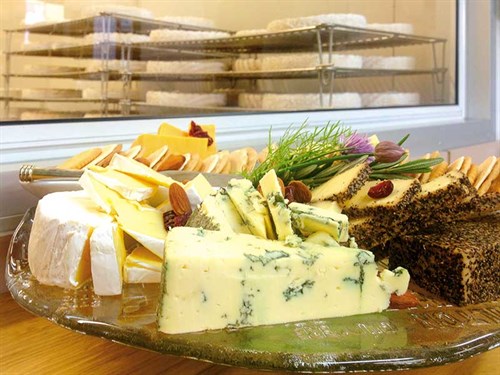
“We’ve had to make the product smaller for Asians tastes,” says Lisa. She pointed to the sub-line on the boxes. “For the Australasian market we use ‘Take a big bite of New Zealand’. For the Asians we cross out the word ‘big’ and change it to ‘wee’.”
They couldn’t be big enough for me. One bite and it was gone. Of all the custard squares in the world, these delicious morsels must take the cake. They come separately wrapped in chocolate, vanilla, passionfruit and coffee flavours – light, not too sweet and full of flavour.
That night in a dark and drizzly Dunedin, we parked in the NZMCA park in Leith Valley and comforted ourselves with cheese, red wine and one custard square each.
Early the next morning, the cold weather hadn’t let up. Wrapped up like Michelin men we drove to meet Dave Redshaw, operations manager of Southern Clams. He’d offered to take us to watch the harvesting of the shellfish at Blueskin Bay. Open to the elements, we crashed through icy spray in a small tinny to where nine stoic South Islanders were working the chain. Clams are harvested manually in scoopers that look like upturned supermarket trolleys. It is really tough work. Depending on the tides, the harvesters might be out there in a gale at four in the morning working in the dark, thigh-deep in freezing water. To see the harvesting up close, one is required to wade. Not me. No way. Even in the boat I was turning to ice.
“Hands on harvesting is one way we keep the beds sustainable,” said Dave. The Southern Clam Company takes the matter of sustainability seriously and scientifically. The harvesting zones are mapped by GPS and indicate to a square metre how much has been taken over many years. The whole harbour is subjected to regular biomass surveys and also constantly monitored for bacteria contamination. A high freshwater low salinity index indicates possible contamination and the beds are closed. Due to land run-off, this will happen 50 to 70 days a year.
“This is ultimate unprocessed food,” says Dave. “Straight from the sea to the pan.”
Most of the harvest, around 800 tonnes a year, goes to Amercia, Japan and Vanuatu. Captain Cook wrongly referred to them as cockles and, maybe as a result, Kiwis have not been enthusiastic consumers in the past. That’s changing as people discover how delicious these southern little-neck clams are.”
That night we cooked a pan of clams using Dave’s favourite recipe – a little oil, a splash of white wine and garlic, then adding vegetables and removing the shellfish from the heat as soon as they open. They were deliciously sweet with a delicate tang of the sea – so simple to produce in the culinary department of a motorhome. We are definitely among the converted.
Interesting places to eat en route
- Dunsandel store, Dunsandel
- Sims Bakery, Tinwald (third generation bakers)
- Farm shop and Orchard Café, Geraldine
- The Masonic Hotel, St Andrews (also a park over property)
- Butlers Berry Farm and Café, South Makikihi
- Purtons café and bar, Maheno
- Vanessa’s Cottage, Hamden (pies recommended)
- Moeraki Tavern, Moeraki township (great steaks)
For the latest news, reviews and destination articles, subscribe to Motorhomes Caravans & Destinations magazine here.

